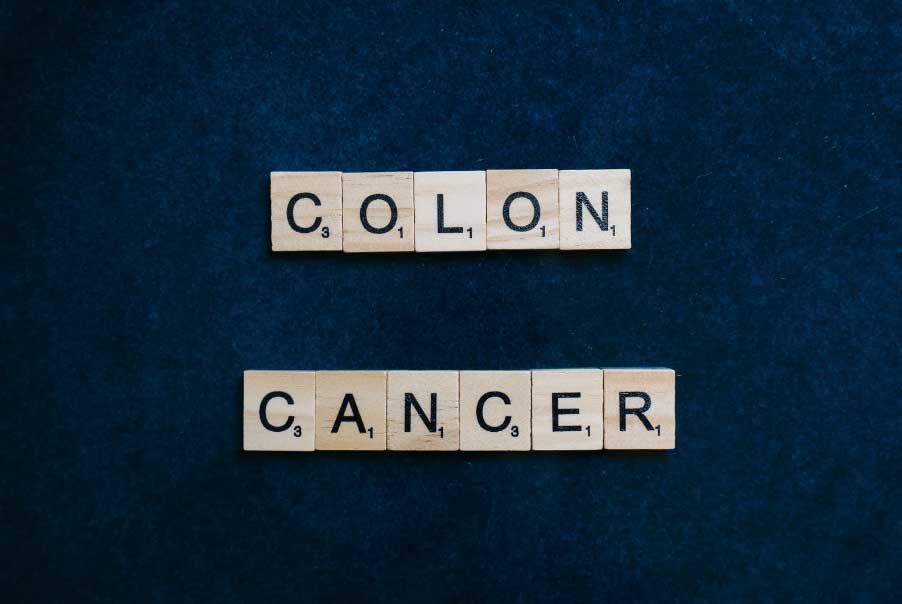
Entering a hospital for surgery always carries risks. Patients can suffer from preventable errors such as medication mistakes, contract a secondary infection or develop surgical complications that result in a new chronic condition. A study conducted by surgeons advised that the best way to avoid complications is simply recommend surgery less often to patients. If physicans explore all possible treatment avenues, they can cut down on surgical procedures that might not be necessary or beneficial – and therefore reduce opportunities for medical harm.
The study suggests several primary reasons potentially unneccessary surgeries continue to be performed, including surgeons’ training and background (i.e., “this is how it’s always been done”) as well as monetary and career growth incentives to perform more procedures.
Some of the most commonly overused surgeries include:
- Vertebroplasty and spinal fusion
- Hysterecomy
- Coronary bypass and stents
- Caesarean section
For back pain, research indicates spinal fusions don’t lead to improved long-term outcomes when compared to non-surgical treatments such as physical therapy and core strengthening exercises. Hysterectomy can cause bleeding and hematona, while coronary bypass can cause strokes, and all surgical procedures performed under general anesthesia include anesthesia risks. The risks of surgery may not always be worth it when weighed against the benefits.
Additionally, complications can arise simply from hospitalization: medication-related conditions, urinary tract and blood stream infections due to catheters, hospital-acquired pneumonia, blood clots, falls and bedsores.
Dr. Ashish Jha, who has served at Brown and Harvard Universities, sums up, “When patients are sick, we find that they are too often injured from the care that is meant to heal them. This should not be seen as a price of providing health care—we can and should do so much better.”
The authors of the surgery study ask surgeons to foster a transparent culture and to partner with patients to include them in decision making. Surgeons should provide scientific evidence and guidance, while patients share their priorities, fears and expectations for the outcome. Physicians should focus not on simply fixing the immediate problem but on advocating for overall patient safety.
SecondOpinions.com expert physicians want you to feel confident in your diagnosis and path to treatment. If you or a family member is facing a surgery and are unsure that it is medically necessary, contact SecondOpinions.com for a medical record review.






